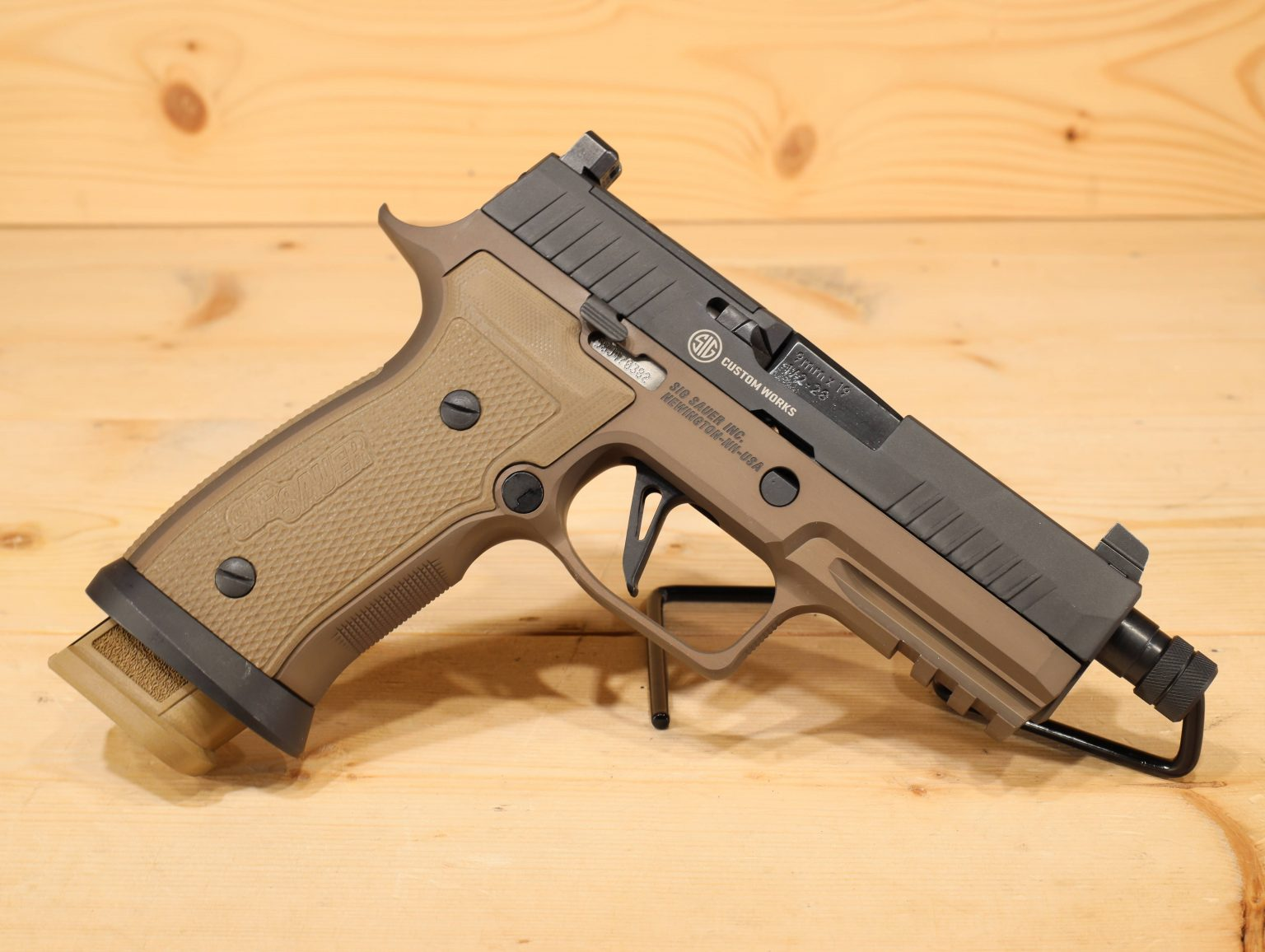
When the US military finally decided to replace the old Beretta M9 pistols, the competition focused on two of the largest handgun brands: Sig Sauer and Glock. Both had excellent reputations and loyal followings among military personnel and law enforcement, so the selection was by no means easy. In the end, however, Sig Sauer’s P320 was selected as the new standard sidearm for all but one branch of service, a major departure for military small arms.

The logic behind the choice is rooted in functionality, usability, and cost. On cost grounds alone, Sig Sauer had plenty to recommend it. Its winning bid of $169.5 million was some $103 million lower than Glock’s, and a sum that could not be ignored in the purchase of hundreds of thousands of pistols.

For the Government Accountability Office, that cost difference was a “critical discriminator” in deciding the winner, allowing the military to buy a competent, state-of-the-art sidearm without jeopardizing dollars for other top-line programs.

The P320 also performed well under stringent testing. The Modular Handgun System competition was designed to be difficult, putting each candidate through accuracy, reliability, ergonomics, safety, and performance under adverse conditions.

Sig Sauer bested Glock on these technical evaluations consistently. Its initial offering included two models—the full-sized XM17 and the subcompact XM18—giving the military options to outfit troops for a variety of missions. Even when Glock objected to the selection, the GAO ensured that Sig’s advantages existed, emphasizing that the choice offered greater value for the mission.

One of the strongest points of the P320 is that it is modularly designed. At the heart of the pistol is a serialized fire control unit that can be placed into an assortment of grip modules, such that a single firearm can be adapted for different sizes, calibers, or grip requirements.

This makes the soldier able to have the same pistol while patrolling, in a car, or in a covered space without needing to purchase a new gun. The Army embraced this level of versatility, not just because it contributes to mission-based tailoring but also because it simplifies logistics and is cost-effective in the long term.

Safety and reliability also played a large part in the ultimate decision. In trials, the P320 demonstrated a very high 99.8 percent reliability. It also offered superior handling and safety features, including a reduced trigger pull weight and built-in safety features. While civilian P320 models have been the subject of lawsuits claiming accidental discharge, the military variants—the M17 and M18—have additional safety features required by the Army, and nothing has been experienced to date in service.

Ultimately, the P320 provided the most complete combination of performance, versatility, and long-term cost-effectiveness. Its modularity, coupled with proven reliability and flexibility for a variety of missions, made it a logical choice for current and future needs. Working with Winchester to share ammunition support also minimized logistics and maintenance.

Although the sidearm has been criticized from time to time, including Air Force testing because of rare incidents, it has been used as the standard-issue pistol by the Army, Navy, Marine Corps, and Air Force, with over 200,000 units distributed.

Soldiers today carry a sidearm that can be custom-dimensioned to their mission, with the promise of consistent performance, and the military had entered into a procurement decision that balanced innovation with prudence. The story of Sig Sauer P320 is far from over, but its position in the history books of U.S. military small arms is already secure.
